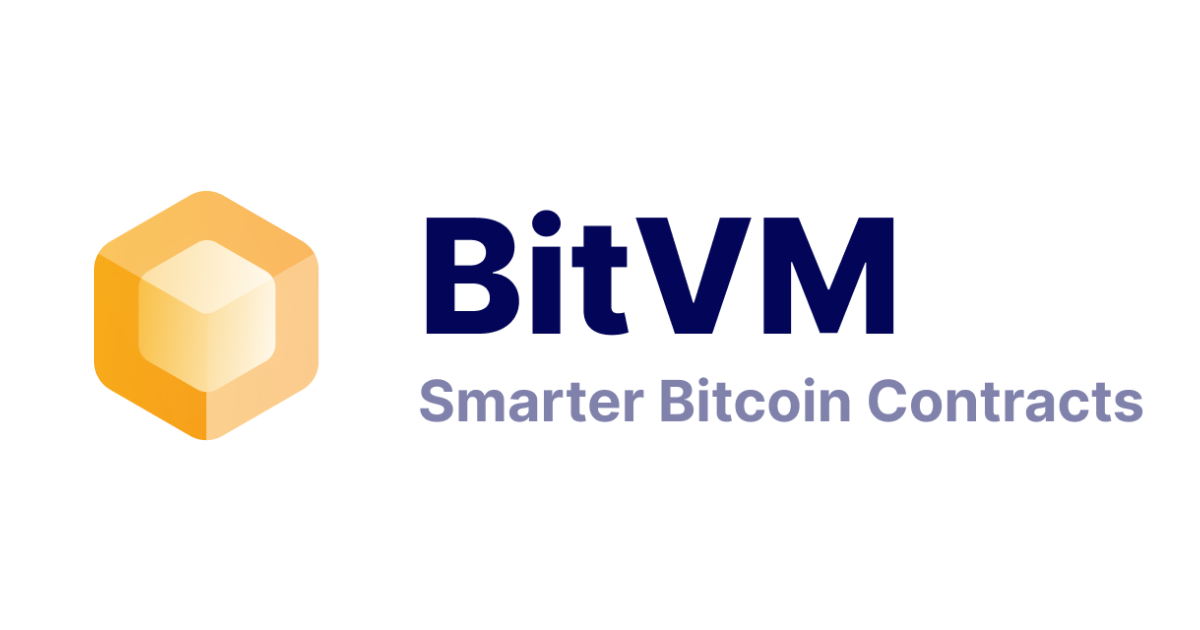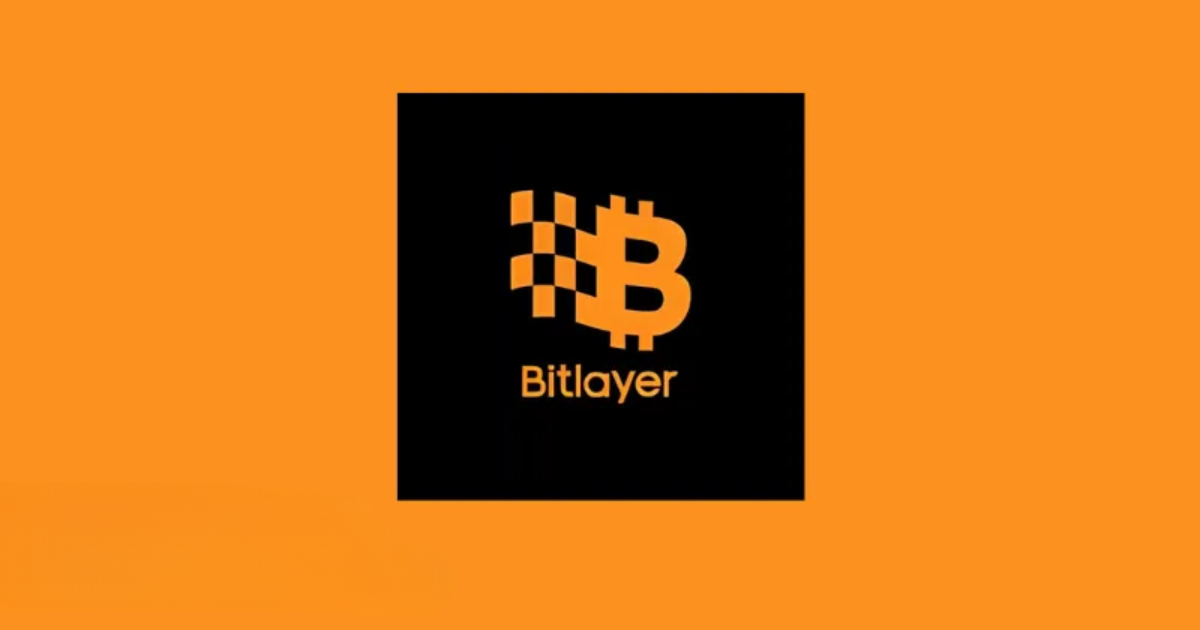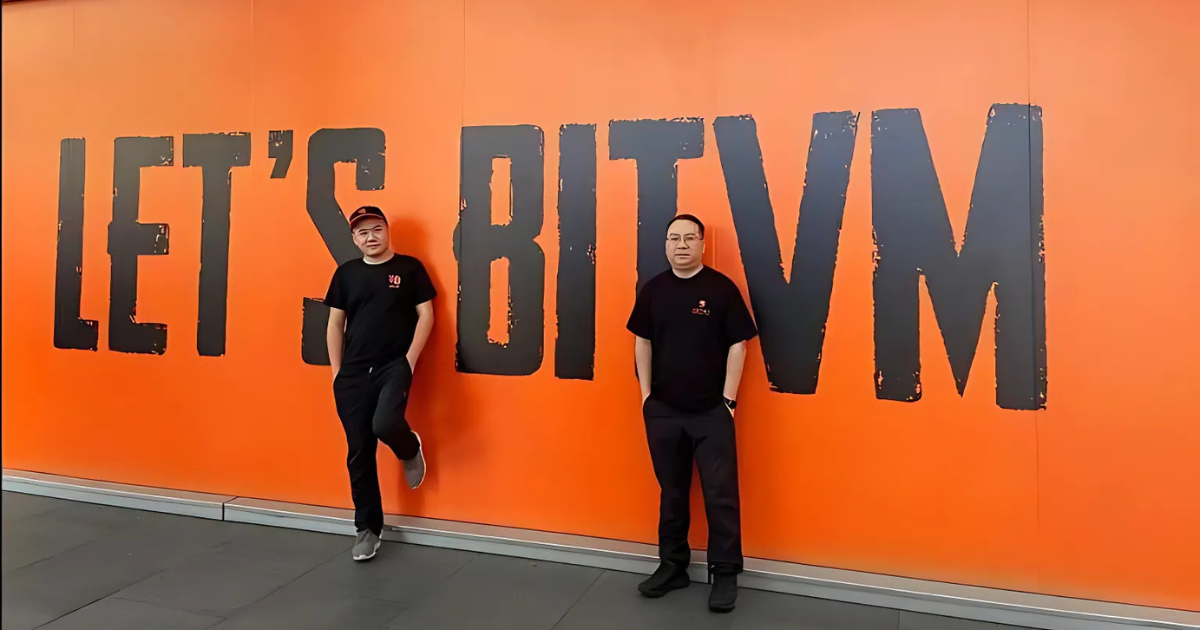Bitlayer announced partnerships with three mining pools as a step towards BitVM adoption. This collaboration includes Antpool, F2Pool, and SpiderPool in making the Bitcoin Virtual Machine (BitVM) a reality.
Key-Takeaways:
- Bitlayer partnered with three major Bitcoin mining pools (Antpool, F2Pool, and SpiderPool) reaching nearly 40% of Bitcoin’s total network hashrate.
- Their collaboration focuses on enabling non-standard transactions (NSTs) for BitVM adoption.
- Accelerates evolution of Bitcoin by enabling advanced smart contracts and DeFi applications on Layer 2 networks.
The Power Behind the Partnership

Bitlayer’s alliance with mining pools collectively controls almost 40% of Bitcoin’s total network hashrate. They will be providing the infrastructure support for BitVM adoption, addressing the challenge of processing non-standard transactions. This has been a critical issue in implementing BitVM.
BitVM operations’ backbone has been these non-standard transactions (NSTs). Bitcoin Core’s default settings primarily challenge this despite these are considered technically valid. With the partnership, the mining pools will be providing necessary infrastructure for BitVM adoption, so Bitlayer can reliably function.
BitVM’s Revolutionary Potential

Robin Linus introduced BitVM that caused a shift to Bitcoin’s handling of complex computation. This uses Bitcoin’s existing Script capabilities to confirm off-chain computations on-chain without changing core protocols. It sets BitVM apart from the traditional virtual machines.
This way, they keep Bitcoin’s security model while enabling smart contract functionality. It also opens doors to applications that they previously thought impossible on Bitcoin. This includes the decentralized financed (DeFi) protocols, yield farming, multi-chain staking, and lending platforms.
Users will be able to transfer Bitcoin into smart contract environments through the BitVM Bridge. Moreover, they will not need to rely on centralized intermediaries in the process. But preserves the existing cryptocurrency’s decentralized ethos.
Addressing Critical Infrastructure Needs

This mining pool partnership is an answer to the big technical issue potentially affecting BitVM implementations. They have to provide support in preventing delayals or failure to reach confirmation of BitVM-related transactions on Bitcoin’s blockchain. This should result in an efficient process and smooth execution of Bitlayer’s BitVM operations.
What makes their approach stand out is the smart contract functionality addition. It is important to not compromise security nor require Bitcoin’s protocol changes in the process of BitVM adoption. This should only expand its capabilities to make it ideal for the conservative Bitcoin community.
Expanding Bitcoin’s Use Across Applications

Beyond numbers, Bitlayer had backing from known investors such as Polychain Capital and Franklin Templeton. They are also working on expanding their reach with the recent network integrations. These network expansions include Sui, Arbitrum, Base, and Starknet.
Their Peg-BTC has been an innovation after allowing Bitcoin to power these various DeFi applications. They minted this Bitcoin-backed token via the BitVM Bridge, expanding Bitcoin’s operations. Bitlayer operates with more than 200 DeFi applications after recent integrations.
Conclusion

Bitlayer made a big move with these partnerships as they progressed towards BitVM adoption. The alliance with three major mining pools will allow them to effectively handle possible challenges in the process. Particularly, the partnership focuses on ensuring the non-standard transactions reach confirmation on Bitcoin’s end. Successfully implementing this will cause expansion on Bitlayer’s operation and even progress on Bitcoin’s evolution.











